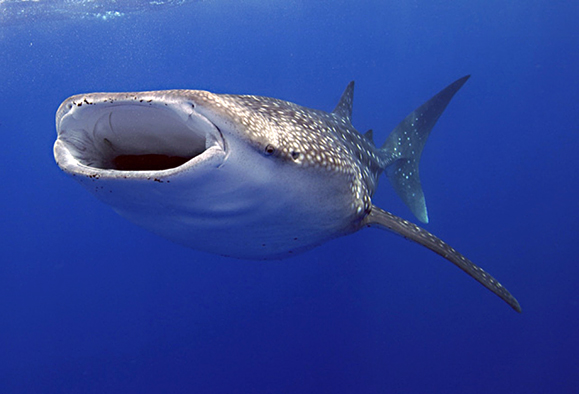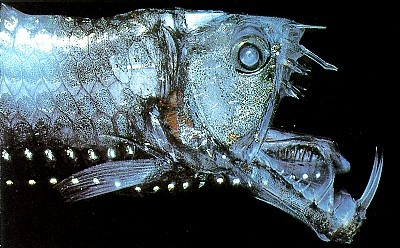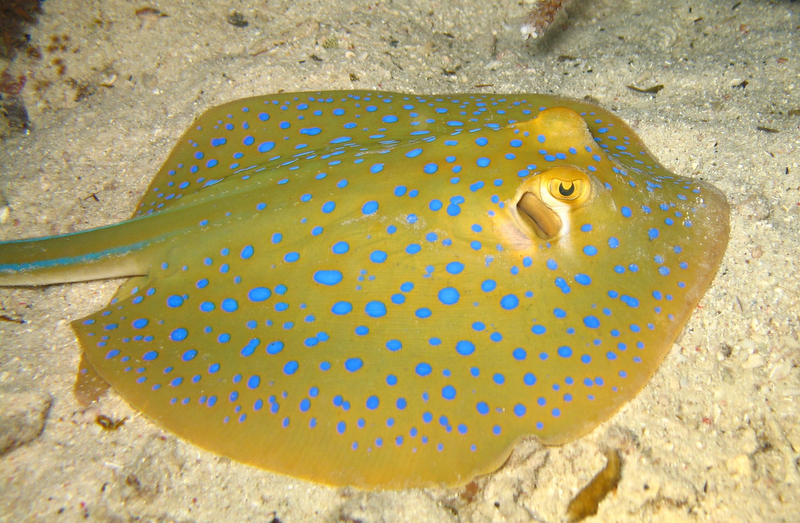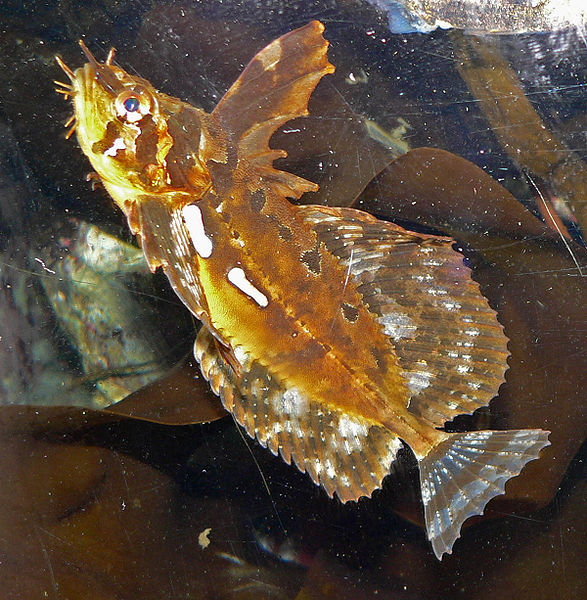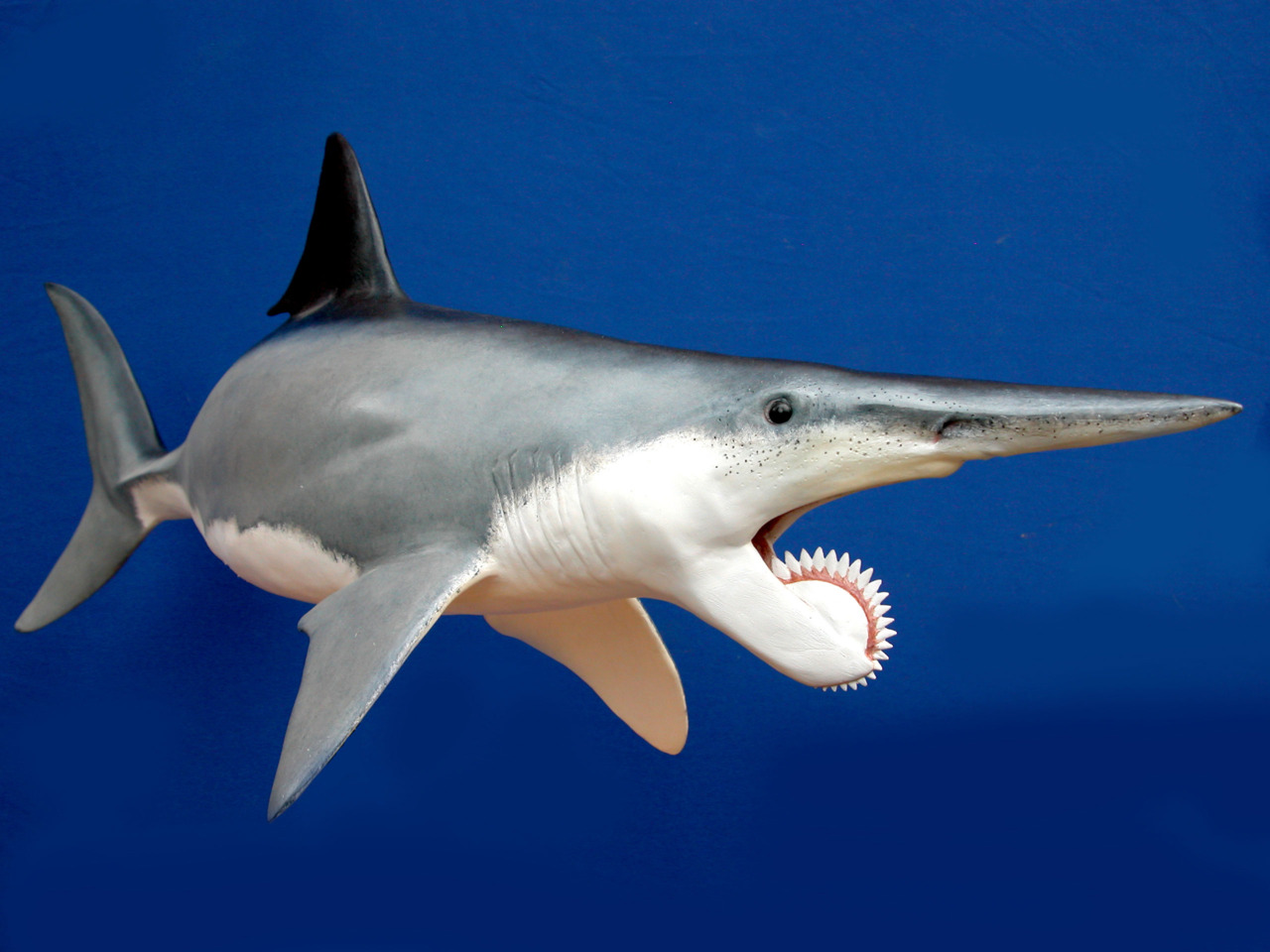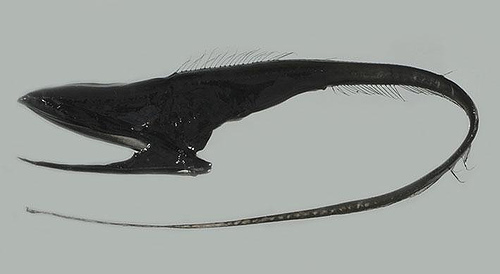A while back, Maria Kruk from www.species.com shared an amazing article with us about the Andean and California Condor. Well, I am happy to say she is back with another entertaining and educational masterpiece. This time she is taking us underwater where we will have the opportunity to explore the incredible life of the gigantic Whale Shark. Thank you, Maria for taking the time to share your insight with us.
The Whale Shark
The Whale Shark is a true record-holder among both shark and fish species due to its major sizes. However, it is not the only peculiar thing to say about this animal, which differs a lot from its marine relatives. The specific appearance, reproduction process, meal diet and behavior point out a whale shark as a peaceful and “calm” oceanic giant. Therefore, it is appropriate to consider these main issues while speaking about this species.
Appearance
As it was mentioned already, whale shark is the biggest among shark species. The average weight is nearly 12 tones, but there are some claims of 20 tones. As one could guess, whale sharks can boast of a significant body length as well – 11-12 meters. In addition, they have a tail fin 4,5 meters and pectoral fins 2,4 meters long. Whale sharks possess a pretty massive and strong body regardless flattened head. In practice, they can be of grey, brown and even blue color, covered with white and yellow spots, usually posing some sort of a pattern. One more peculiar thing to note is a presence of five wide gill openings, through which extra water is leaked.
A visual image of whale shark was a total mystery for science until 1828, when the species representative was caught and killed near South-American coast. As these animals are distributed in subsurface tropical waters only, earlier the legends of marine giants were told by sailors, who ranged the seas of new lands. To date, big whale sharks’ groups are observed near California, Philippines and in Cuban waters.
Reproduction
This issue is a long-standing object of scientific interest. Since the discovery of whale shark in the 19th century little information has been collected about the breeding process. In particular, it is a confirmed fact that whale sharks are ovoviviparous animals; their kids hatch being in female’s womb and continue to develop in hermetic capsules. It is a rare occasion to find such a capsule in egg tubes, but the egg was revealed in Gulf of Mexico, which impressed with fairly big sizes – 70 cm long and 40 cm in diameter. There was only one female caught to investigate the reproduction of whale sharks. It occurred in 1995 and the shark had 307 embryos.
Meal Diet
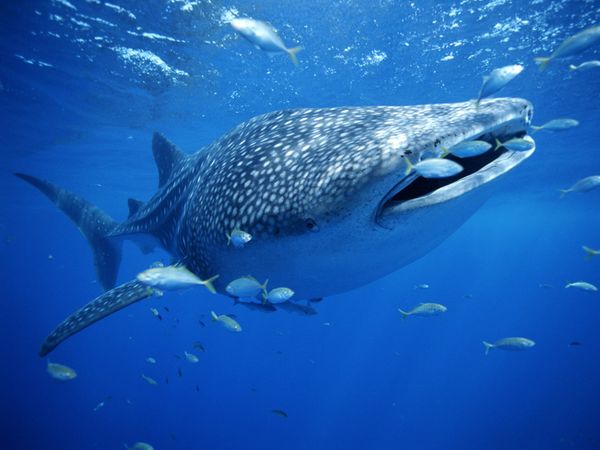 Comparing to other shark species, whale sharks appear to be animals of peace. Consuming small marine species (plankton, cancroids or small fish), it is far from being a threat to smaller animals or people. Professional divers even take pictures around these sea giants. Whale sharks follow an interesting way of food consumption. In practice, their chaps opens reaching 1,5 meters in diameter and swallows a big amount of plankton-water mix. Later, the water is filtered through gill openings and plankton is consumed.
Comparing to other shark species, whale sharks appear to be animals of peace. Consuming small marine species (plankton, cancroids or small fish), it is far from being a threat to smaller animals or people. Professional divers even take pictures around these sea giants. Whale sharks follow an interesting way of food consumption. In practice, their chaps opens reaching 1,5 meters in diameter and swallows a big amount of plankton-water mix. Later, the water is filtered through gill openings and plankton is consumed.
Behavior
Whale sharks are subsurface species, distributed commonly up to 70 meters depth. They seem pretty lazy and relaxed while making wave-shaped movements. Sometimes they can go deeper, where the temperature is not colder than 7°C. Their flocks count a little number of individuals. On the contrary, zoologists observed that several hundreds of whale sharks gather near the shores of Yucatan Peninsula every August, where they are attracted by a big number of pelamids’ eggs.
Photo Credit: Thomas P.M. Barnett

